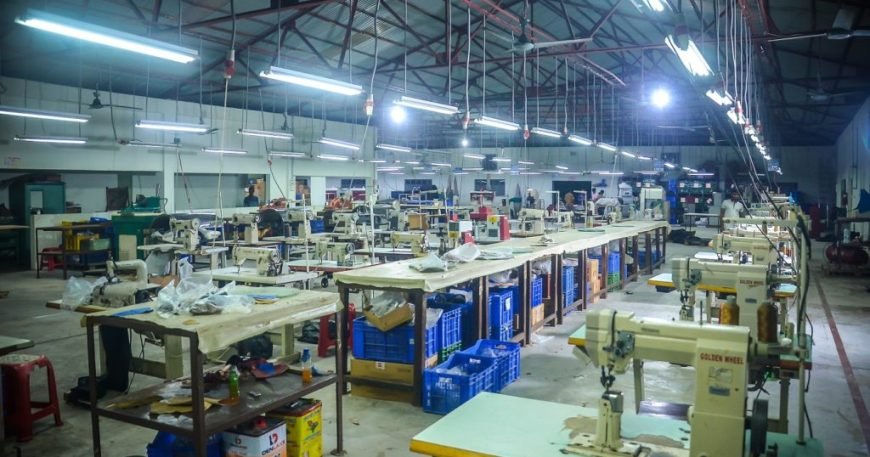The Ultimate Guide to Selecting the Perfect Shoe Manufacturer
I. Understanding Your Shoe Manufacturing Needs When it comes to selecting the perfect shoe manufacturer for your brand, the first step is to understand your manufacturing needs. This involves defining your brand identity and values, assessing your budget and production volume, and identifying your target market and demands. Defining Your Brand Identity and Values: Before […]






